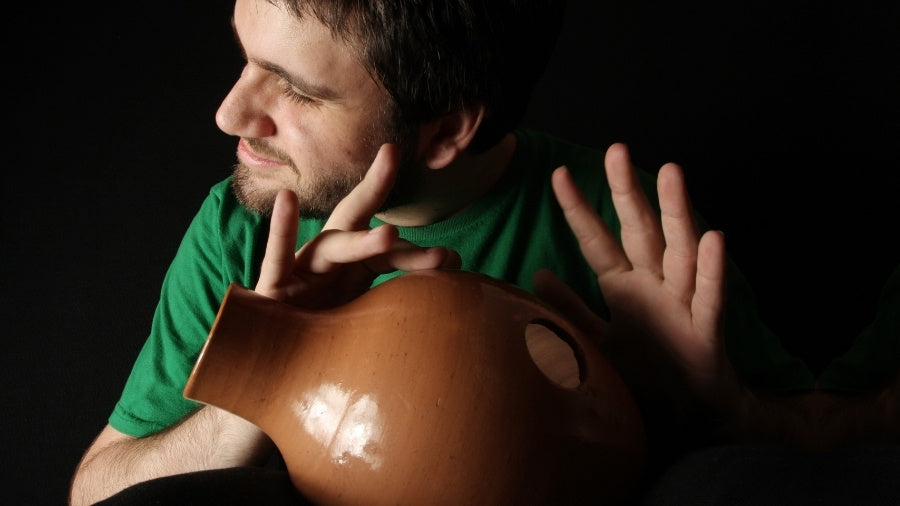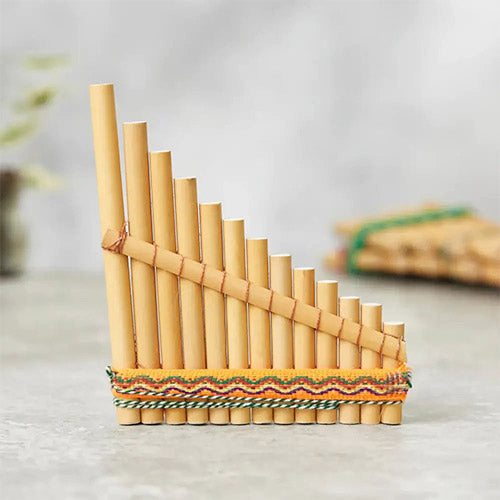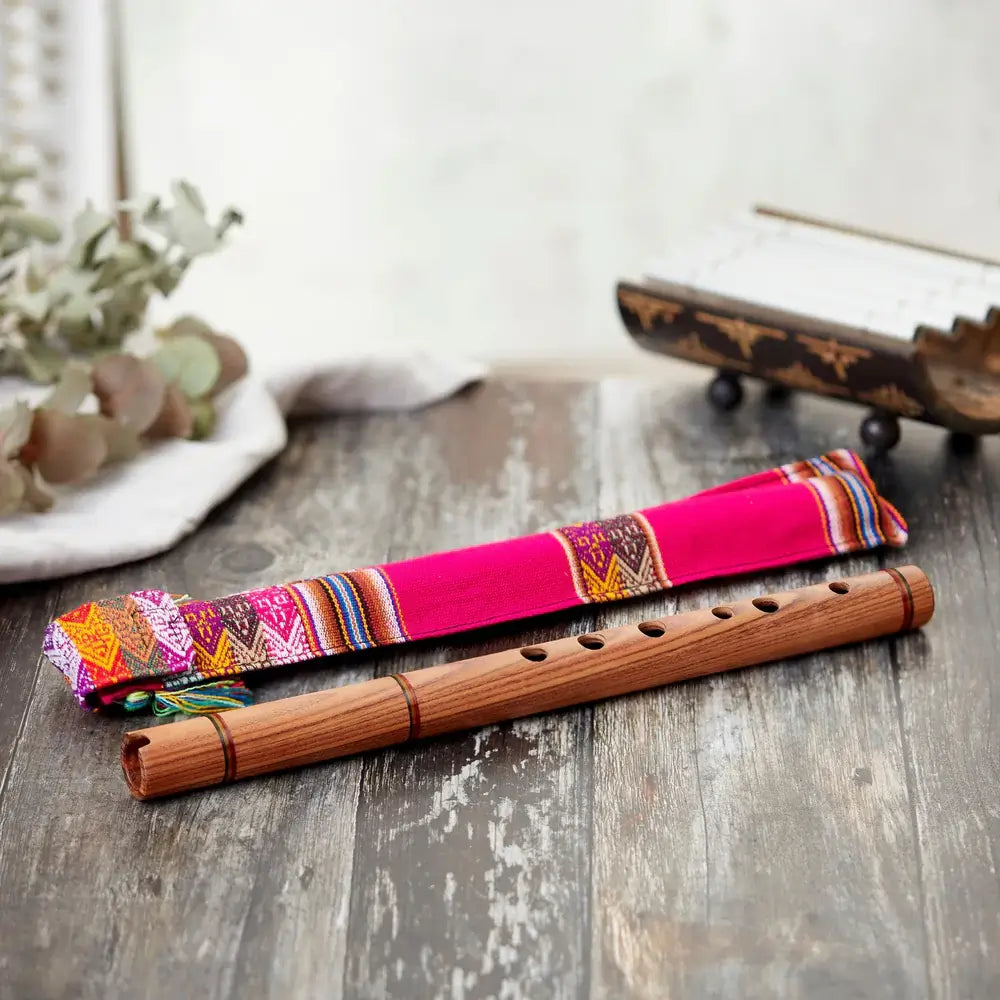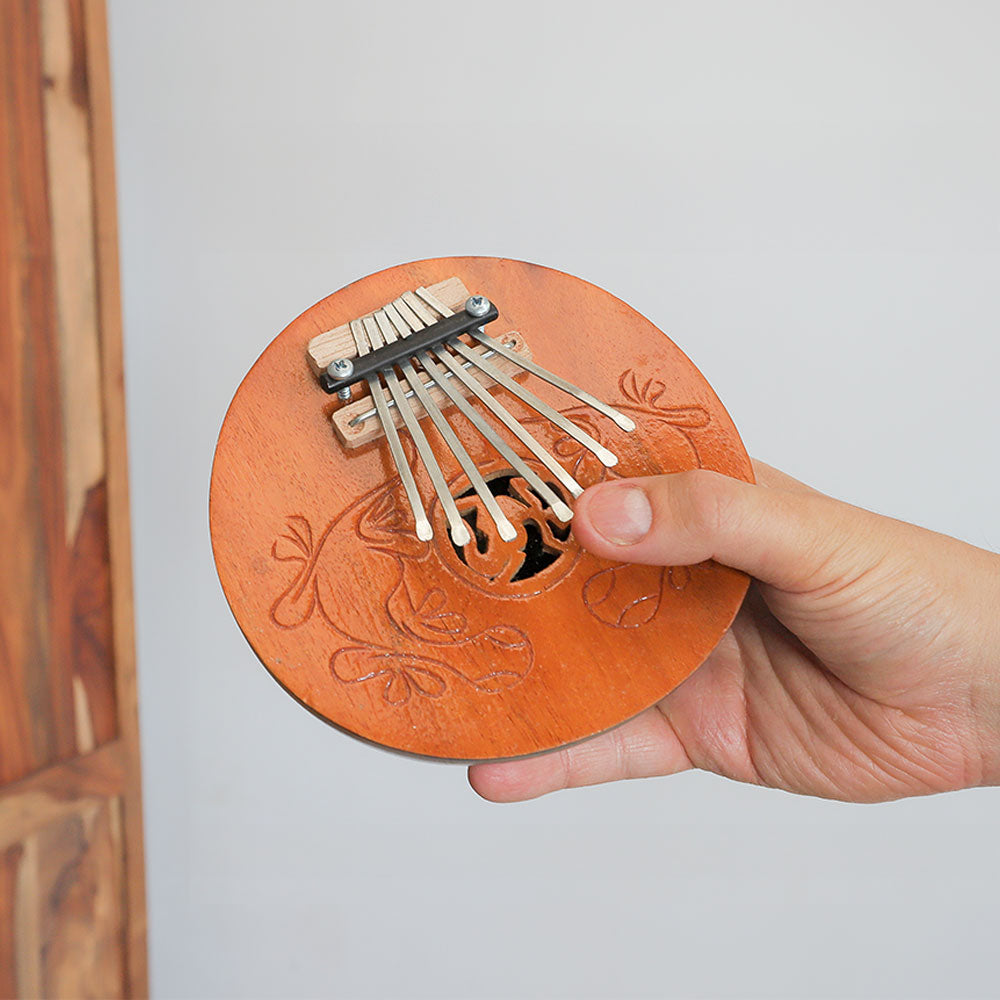The Udu drum is a unique percussion instrument from Nigeria, specifically from the Igbo people. The name "Udu" translates to "vessel. "In this case, it refers to a water vessel or jug transformed into a great musical instrument. The Udu drum is essentially a clay pot with a hollow body and a sound hole, differentiating it from just being a water jug.
How Udu Drums Are Made
The Udu drum, with its simple spherical clay body and carefully placed sound hole, produces a wide range of tones—from deep bass to subtle metallic accents—thanks to its unique construction. The sound hole is central to its acoustic quality, and its refinement was shaped in part by Frank Georgina, a former tile maker who helped evolve the drum'smodern form.
Traditionally Udu drums are handcrafted using a coil-building technique where clay is layered and smoothed by hand—an intensive method that results in richer tones and higher value. While these handmade drums are prized for their quality and uniqueness there are more affordable options that are mass produced.
Where to buy an Udu Clay Drum?
The featured Udu drum above is the basic Udu that is crafted by German musical instrument manufacturer called Schlagwerk. The crafted instrument is stunningly crafted from ceramic clay, it stays true to the original Igbo concept while offering reliable quality for both beginners and experienced percussionists.
Its ribbed black and white design, this drum is not only a clay drum but also a striking visual decorative art piece. It sits securely on the provided cushion, making it ideal for practice, performance, or display. Whether you're exploring African rhythms or creating ambient textures, this Udu drum delivers warm, earthy tones and deep bass that can uplift any musical setting. Due to the drum being fragile, its currently exclusive to UK customers only.
Click here to check out the Udu Drum.
Playing Techniques
The Udu drum can produce many sounds. The two main playing techniques are the palm and finger methods. The palm technique is typically used to produce the drum's bass tones. This technique involves relaxing your hand and placing it over the sound hole. It can also be used for higher-pitched sounds. Finger techniques are similar to those used in bongos or frame drums. These finger techniques involve striking near the neck of the udu or tapping the top hole to produce metallic tones while covering the top hole to adjust the pitch.
Step-by-Step Guide to Playing the Udu Drum
To play the Udu drum, place the musical instrument on your lap or a padded surface with the central sound hole facing upwards. Use your dominant hand to strike over the hole and your other hand to tap the drum's body or side hole if it has one.
Deep bass tones
To achieve these bass tones, you can use the palm technique—relax your hand and slap or press over the central hole, varying the pressure to create a "woomp" sound. Tap the neck or sides with your fingertip for sharper, higher-pitched tones, alternating or rolling your fingers to add texture.
Basic techniques
Combine palm strikes with finger taps to build rhythm as you gain confidence. You can practice simple patterns like palm – tap – tap – palm – tap – tap.
Experimental rhythms
For added musicality, use one hand to partially cover the hole while striking with the other to bend the pitch. Start slowly with a steady, heartbeat-like rhythm, then experiment with variations or try matching rhythms you hear in music. The Udu drum has been featured in many songs of varying genres. It is a simple instrument that produces slight bass tones from the amplification inside the clay chamber. If you own a Udu drum or have heard it in music, share your experiences or tracks where the Udu appears.








